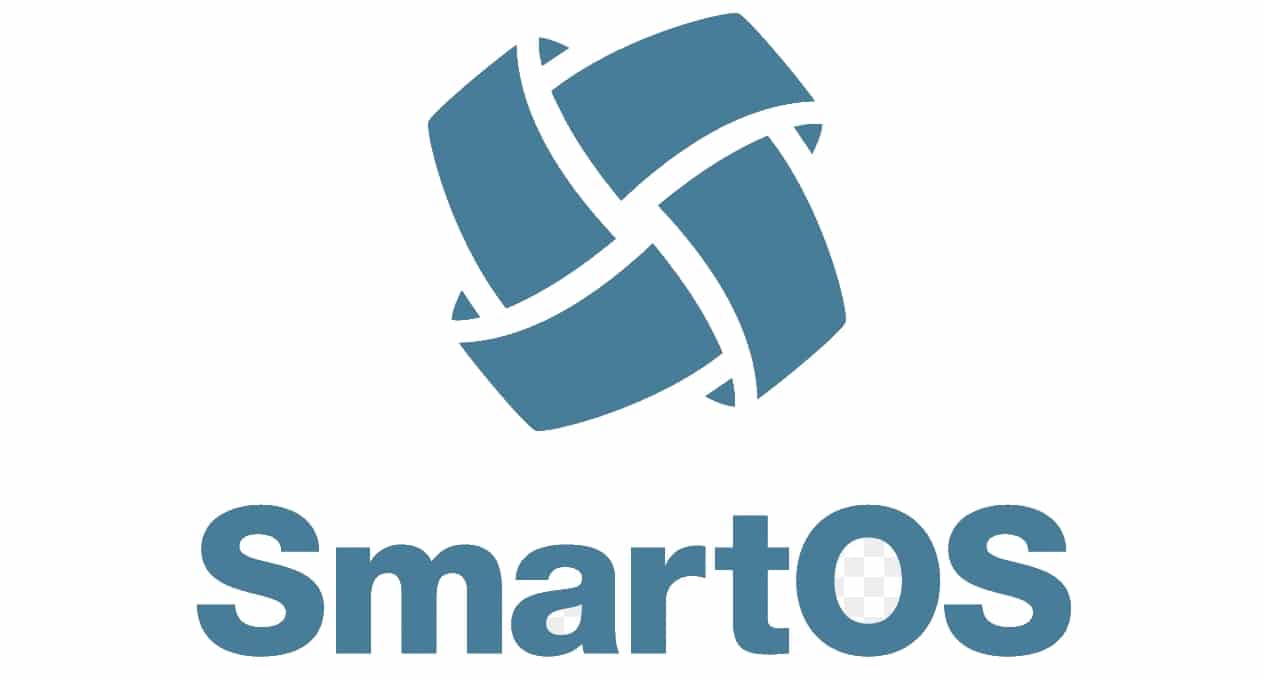
Pulling some irony and humor in the title, today you I introduce SmartOS, for all those users who do not know it yet. Perhaps others do know what this project is about, but it is not known enough. It cannot be classified as a Linux, or a typical Unix, it is something more sophisticated than that, but that duality makes it especially interesting for some of the objectives for which it was designed.
To make it clear what SmartOS is, it is a SVR4 hypervisor (System V or SysV), and therefore already leaves some clues of what it is and what it is used for. Of course, it is based on UNIX, combining technology from the popular OpenSolaris operating system and also Linux KVM virtualization. In addition, it is open source and free. Weird right?
Its source code, specifically that of its kernel, has been used to create another project known to the * nix world, such as May. You already know that Illumos is an operating system derived from OpenSolaris, and this in turn is an open implementation of the Solaris system from Sun Microsystems (now Oracle).
But apart from all those inheritances and influences, SmartOS also integrates many other technologies such as Crossbow, DTrace, Zones from Solaris itself, the aforementioned Linux KVM, and even the file system or FS that is now the fruit of controversy, such as ZFS. In addition, they have worked to improve the scalability of this system, something highly sought after when it comes to servers or data center environments.
SmartOS also includes the NetBSD pkgsrc package management, to make it even weirder. And it has been designed for cloud-based environments. Its design allows it to run in RAM memory, supporting various network boot mechanisms (PXE), from ISO images, or USB drives. That also allows updates to be done by simply rebooting from a more recent system image ...
And if all that seems strange or interesting to you, other SmartOS features They will also seem most genuine to you:
- Each virtual machine is stored locally on each node and does not boot over the network from some NAS server, as in other cases. This maintains the independence of the server nodes and reduces network usage.
- It allows its management with open source tools Joyent SmartDataCenter or SDC, as well as Fifo Project.
- The Zones that I mentioned before should also be highlighted. They are containers. One is Unix-based and uses pkgsrc with KVM and allows other operating systems to run using hardware virtualization. LX can even be used to run GNU / Linux distributions by supporting syscalls or Linux kernel system calls ...
More information - SmartOS